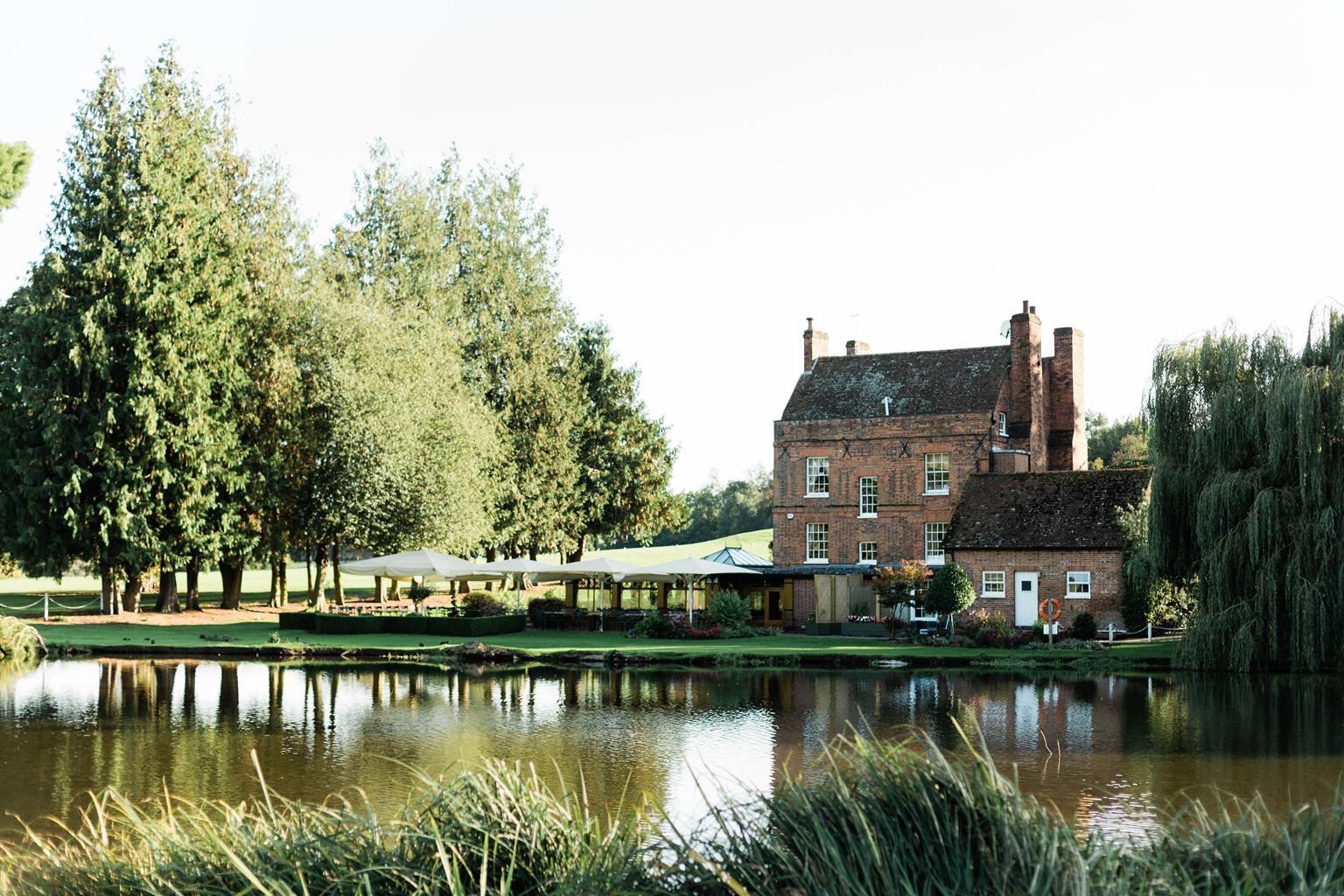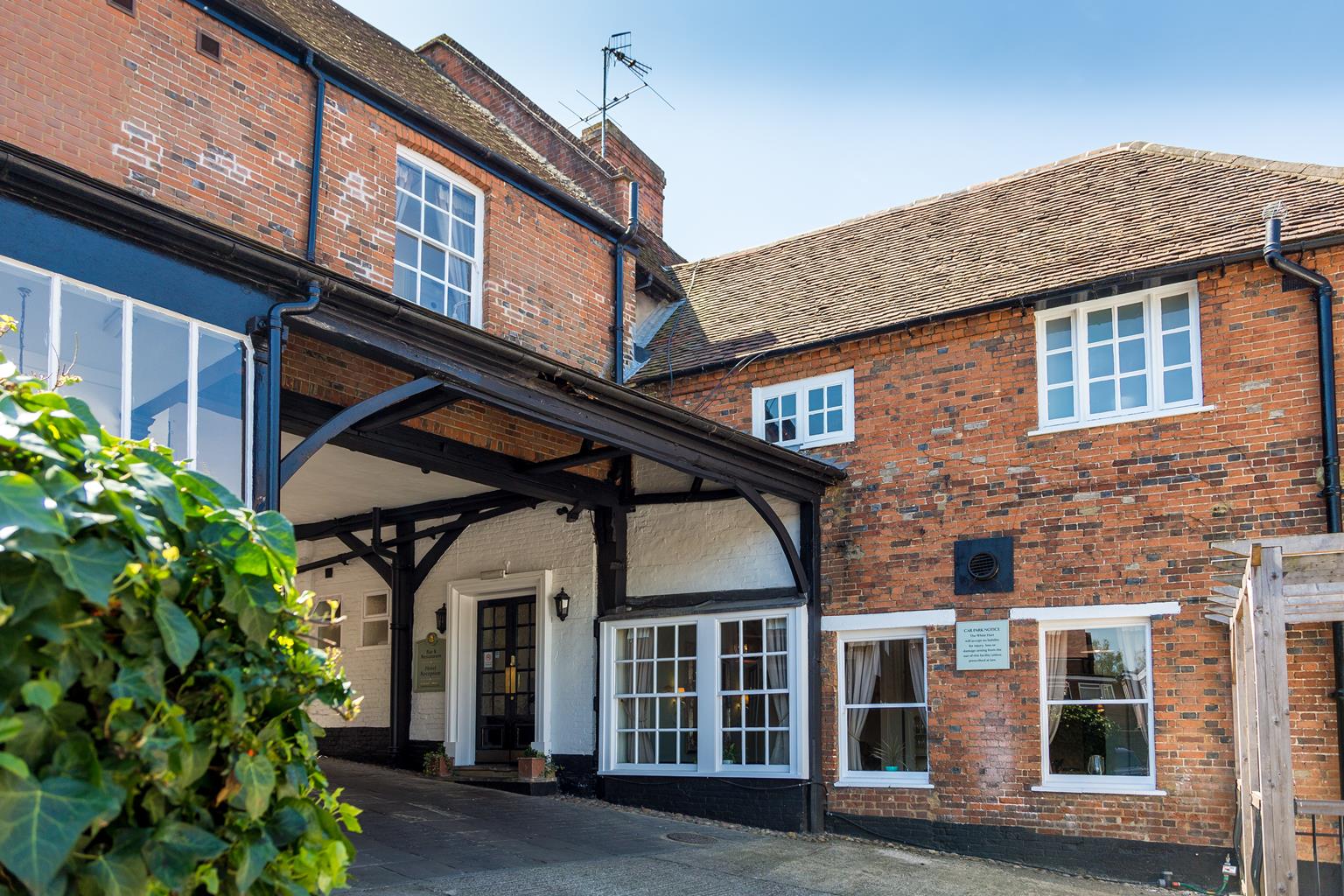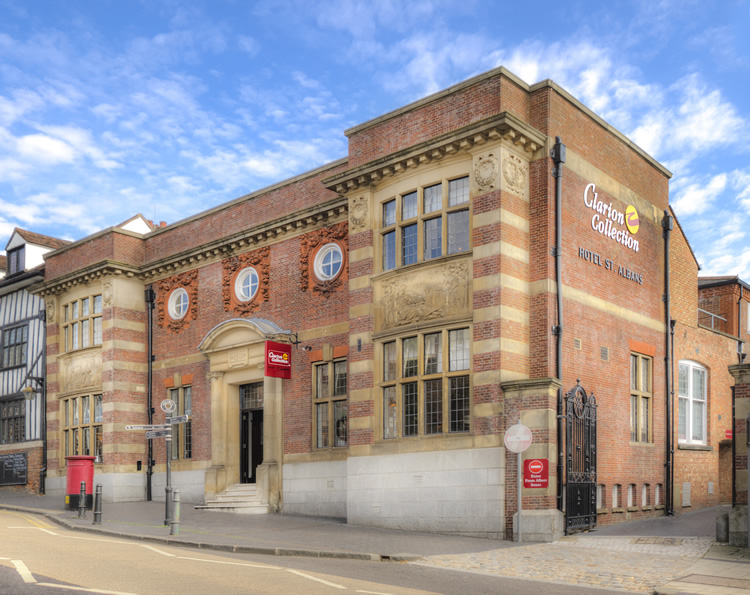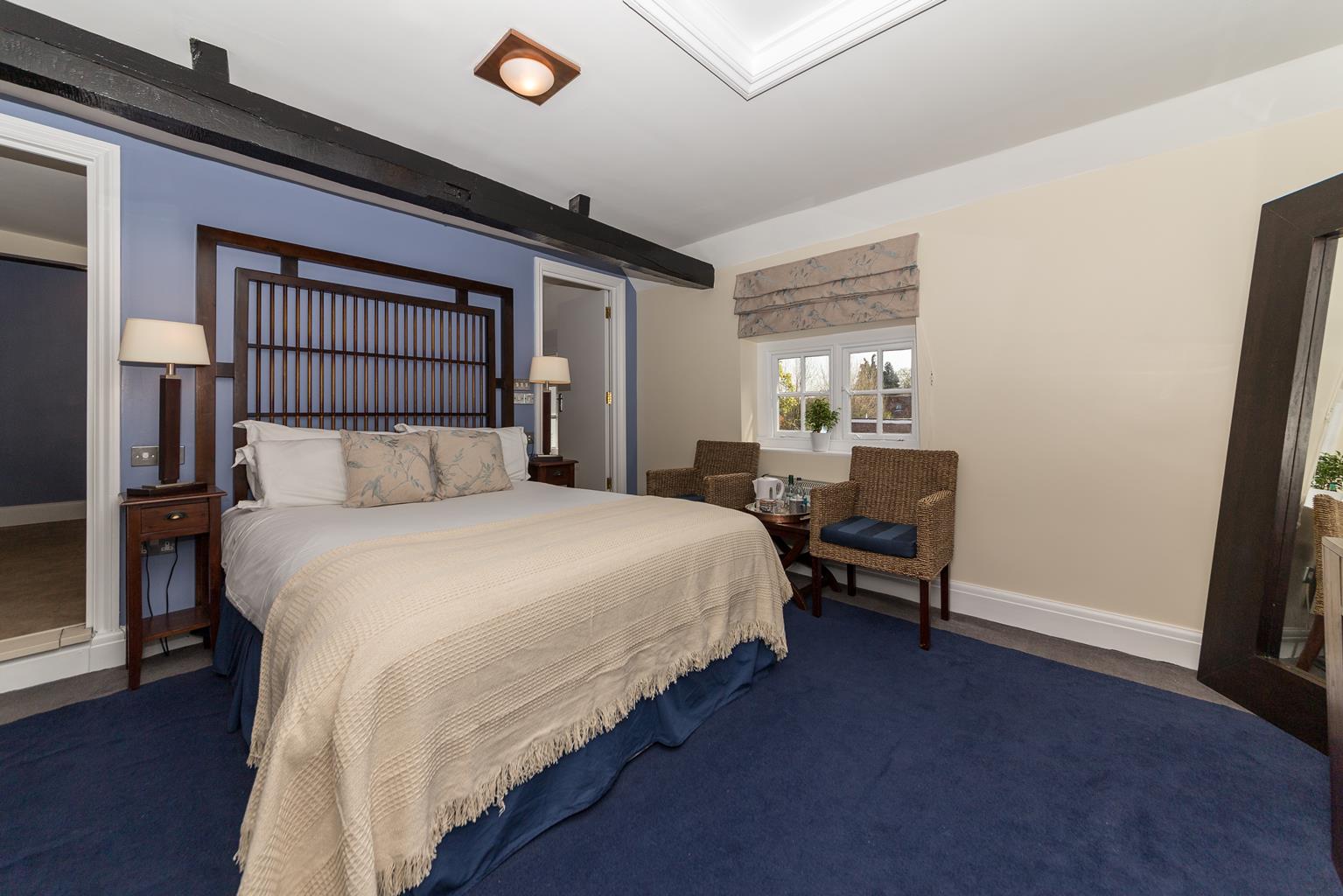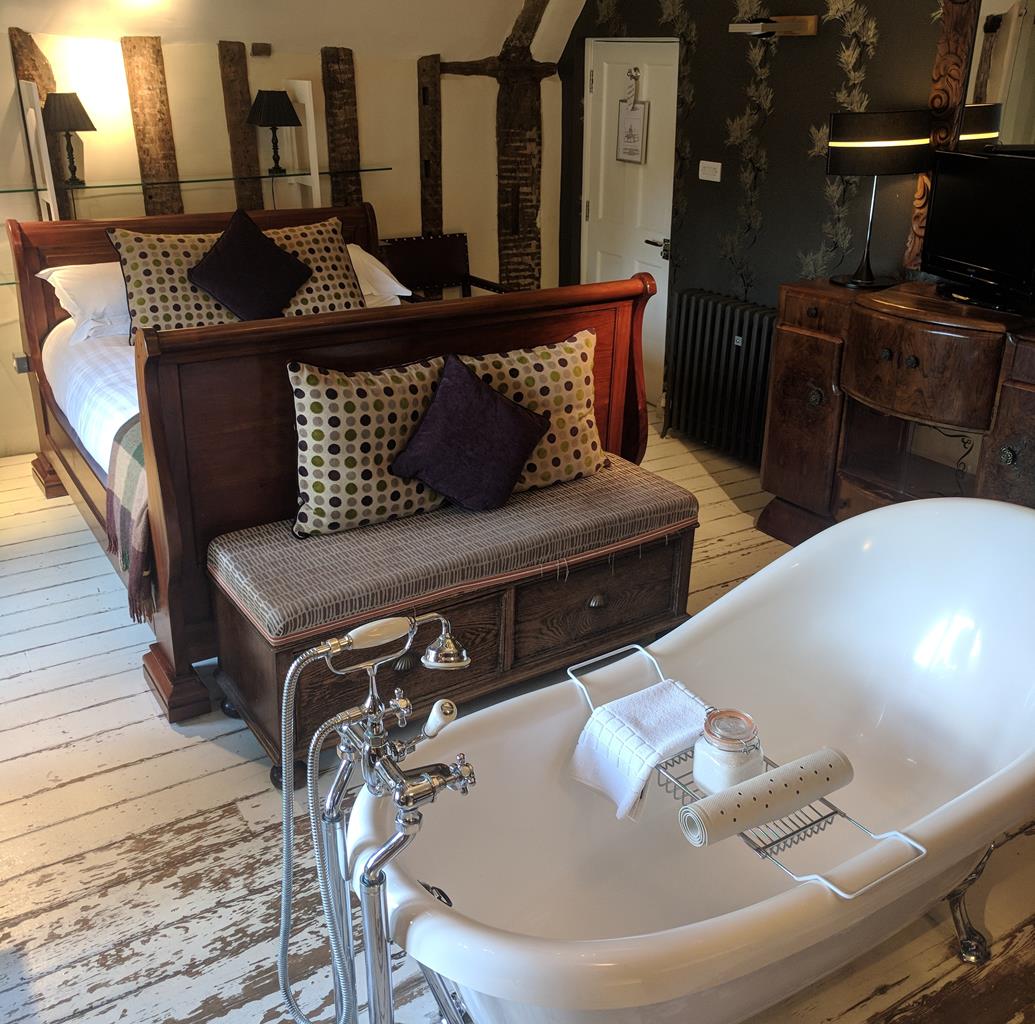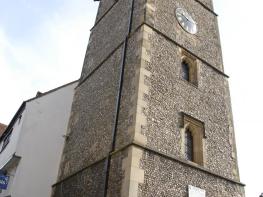In a prime position opposite the Cathedral, Clarion Collection Hotel St Albans is right at the…
Brocket Hall

8 miles (12.9kms)
About the walk
Brocket Hall’s parkland was made picturesque in 'Capability' Brown style by a Richard Wood from Essex. Working for Lord Melbourne, he designed the lake formed by damming the River Lea at Lemsford. It is divided in two by a weir located within the wider centre arch of James Paine’s elegant three-arched stone bridge of the 1770s, which would be seen from the mansion and a key element in the designed landscape.
Paine also designed the mansion for Sir Matthew Lamb in the 1760s but work was completed for Sir Penistone Lamb in the 1770s. The house in noted for its splendid interiors, a sharp contrast to its austere exterior. It appears to have replaced a Tudor courtyard house, finished in 1598 for the Brocket family who had held the estate since the 1470s. Set in 500 acres (202ha) of parkland, now somewhat changed for the needs of golfers, it is seen at its best from the lake bridge and there are long views down a very broad lime avenue around mid-way on the walk.
A later owner was William Lamb, who as Lord Melbourne, was the young Queen Victoria’s avuncular guide and her first Prime Minister. He died at Brocket Hall in 1848 and his brother-in-law Lord Palmerston inherited the estate. He also later became Prime Minister, having been the Foreign Secretary of ‘gunboat diplomacy’ fame, and died here in 1865. The Prince Regent also stayed with the first Lord Melbourne at Brocket Hall and in 1841 Queen Victoria herself visited ‘for our excellent Lord Melbourne’s sake’. She wrote that ‘the park and grounds are beautiful’, and no one would disagree.
Bunyan’s Chimney
Just where you join the byway (after the John Bunyan pub) in its splendid hollow way is a small, hedged enclosure with what at first glance looks like a brick kiln. On it is a stone plaque which reads ‘John Bunyan is said by tradition to have preached and occasionally to have lodged in the cottage of which this chimney was a part’. Restored by St Albans’ council this brick chimney is in fact all that remains of cottages that were demolished in 1877, the estate workers moving into the then new and doubtless more comfortable ones opposite. A quaint survival from the life of the author of The Pilgrim’s Progress.
Walk directions
Leave St Leonard’s churchyard at the northeast corner and cross a lane to bear right on a path, the Hertfordshire Way. Cross a road via a pair of hand gates and enter open countryside near to the south part of the Woodland Trust’s Heartwood Forest. The path bears right into the woodland edge and out to continue ahead alongside a hedge to a lane.
Turn right along Hammonds lane, continue past the Tower Hill Lane turn and go left through a kissing gate at Park Croft House. Beyond its garden continue ahead within a woodland margin, then cross over a stile and alongside the wood to a waymarker post. Here go left through a cultivated field to a gap between tree belts. At another waymarker post go left and continue ahead alongside a hedge. Reaching a lane, go right to Coleman Green.
Pass the John Bunyan pub and bear right on to a public byway at Bunyan’s Chimney. Follow this delightful shaded sunken green lane to descend steadily to reach the B653, where you turn right and ascend a path. Beyond safety barriers cross the road and bear right to a lay-by and half way along it go left between the posts of a chain link fence to enter the wooded part of Brocket Park.
The path descends to cross the River Lea, then climbs to bear right at a footpath junction. Out of the woods cross a golf course, a series of waymarker posts guiding you. Pass a car park, then the former stable block and Brocket Hall. Go right to cross a drive and continue amid trees, then alongside them. Go right on a metalled lane and follow a waymarker to cut off the road loop before rejoining the drive to cross James Paine's Bridge.
Continue ahead and follow the edge of woods to leave the park at the main road. Cross it to Cromer Hyde Lane. Past houses go left at a field gate on to a metalled track, first looking back along the lime avenue to Brocket Hall. At a junction continue ahead along the track and at the field end continue alongside a hedge. Continue ahead between fields to pass to the right of a copse, then a paddock. Wind through Symondshyde Farm to a lane.
Bear right and then left on to a bridleway which continues ahead through Symondshyde Great Wood. Near the wood’s end the path bears left; continue to a marker post where you turn right. This path soon bears left, still within the wood margin, then alongside it. Leaving the woods behind continue alongside a hedge to a kissing gate at a lane.
Go right and follow the lane, ignoring Nashes Farm Lane, to pass the Home Office Centre for Applied Science and Technology. The lane descends Woodcockhill and, where it bears left cross Langley Grove and bear right along a tarmac path beside No 21. Follow this back to Sandridge church.
Additional information
Tracks, field and woodland paths, some quiet lanes and a parkland golf course
Gentle rolling hills, the River Lea valley and lake
Keep on lead near paddocks and stables, on golf course and when crossing B653
OS Explorer 181 Chiltern Hills North
Sandbridge village
None on route
WALKING IN SAFETY
Read our tips to look after yourself and the environment when following this walk.
Find out more
Also in the area
About the area
Discover Hertfordshire
As Hertfordshire is so close to London, many of its towns have become commuter havens. St Albans, less than 19 miles (30km) from the capital, has retained its distinctive character, along with many historic remains. The Roman city of Verulamium is situated in a nearby park, and excavations have revealed an amphitheatre, a temple, parts of the city walls and some house foundations. There are also some amazing mosaic pavements.
The abbey church at St Albans is thought to have been built on the same site where St Alban met his martyrdom in the 3rd century. The abbey was founded in 793 by King Offa of Mercia, and contains the saint’s shrine, made of Purbeck marble. Lost for years, it was discovered in the 19th century, in pieces, and restored by the designer of the red telephone box, Sir Giles Gilbert Scott. The abbey also contains some wonderful medieval wall paintings. Nicholas Breakspear was born in St Albans, the son of an abbey tenant. In 1154 he took the name Adrian IV, and became the first, and so far only, English pope. Another famous son of Hertfordshire was Sir Francis Bacon, Elizabethan scholar and Lord High Chancellor, born in Hemel Hempstead in 1561.
Nearby stays
Restaurants and Pubs
Nearby experiences
Recommended things to do
Why choose Rated Trips?
Your trusted guide to rated places across the UK
The best coverage
Discover more than 15,000 professionally rated places to stay, eat and visit from across the UK and Ireland.
Quality assured
Choose a place to stay safe in the knowledge that it has been expertly assessed by trained assessors.
Plan your next trip
Search by location or the type of place you're visiting to find your next ideal holiday experience.
Travel inspiration
Read our articles, city guides and recommended things to do for inspiration. We're here to help you explore the UK.



